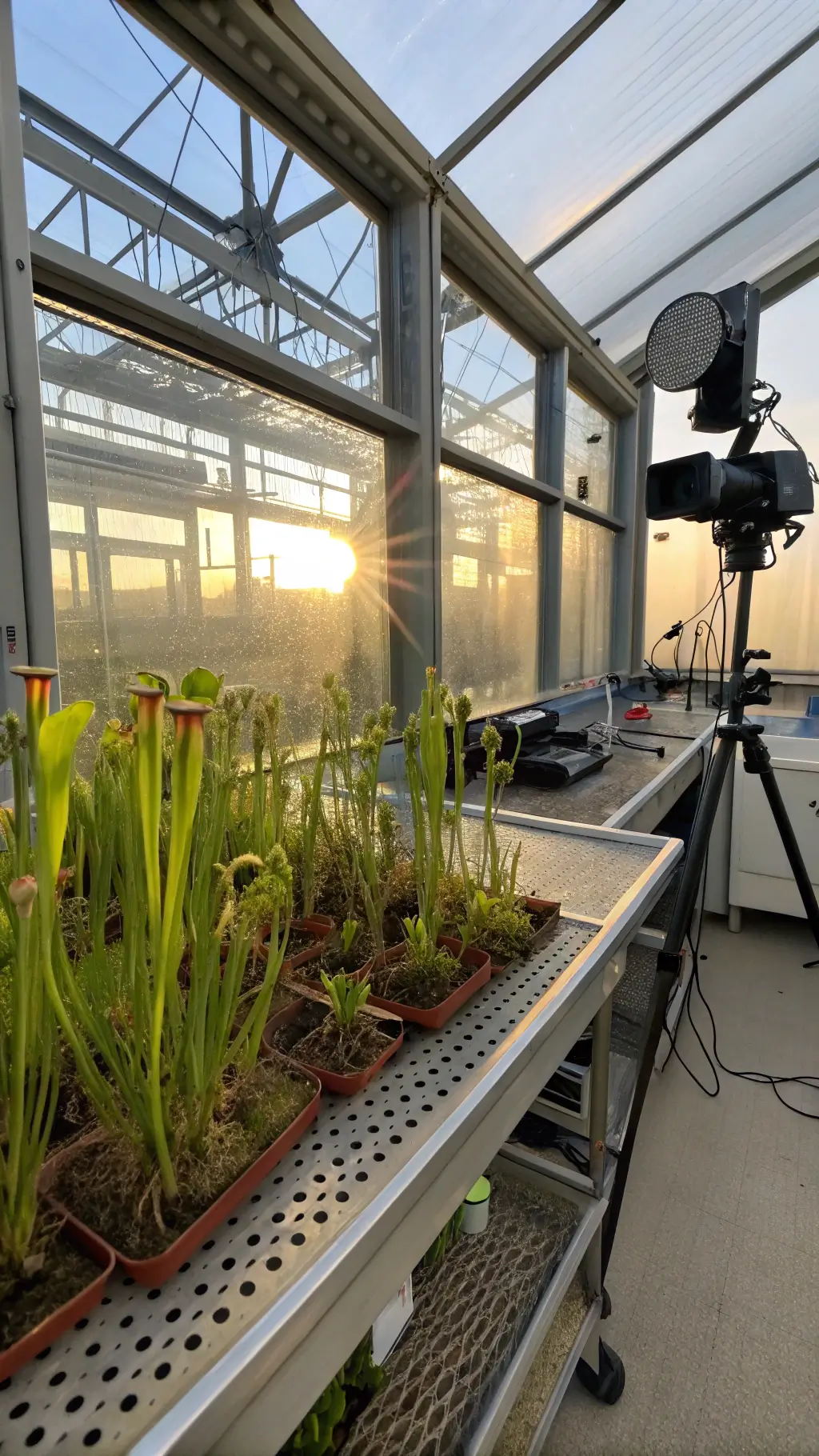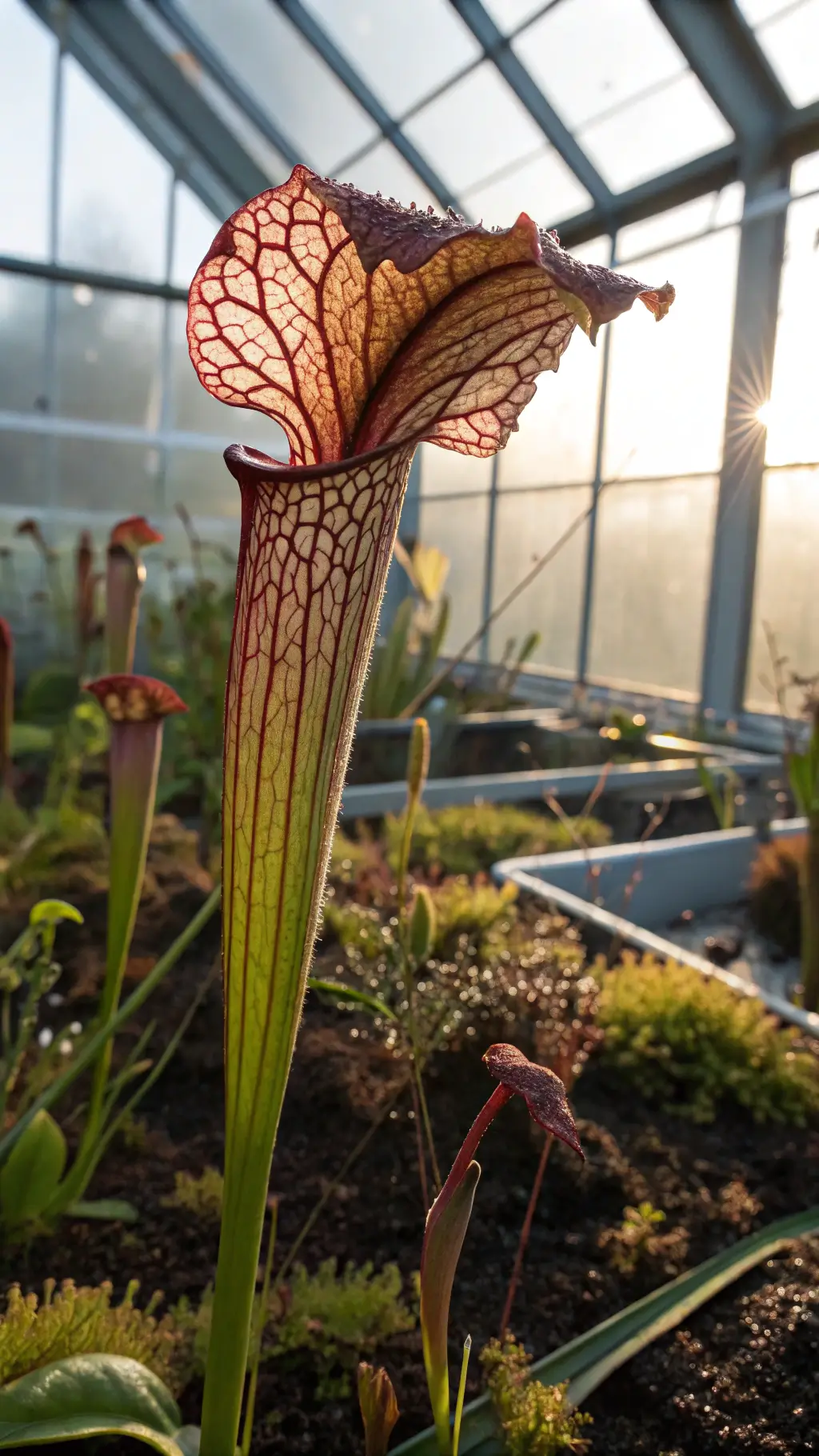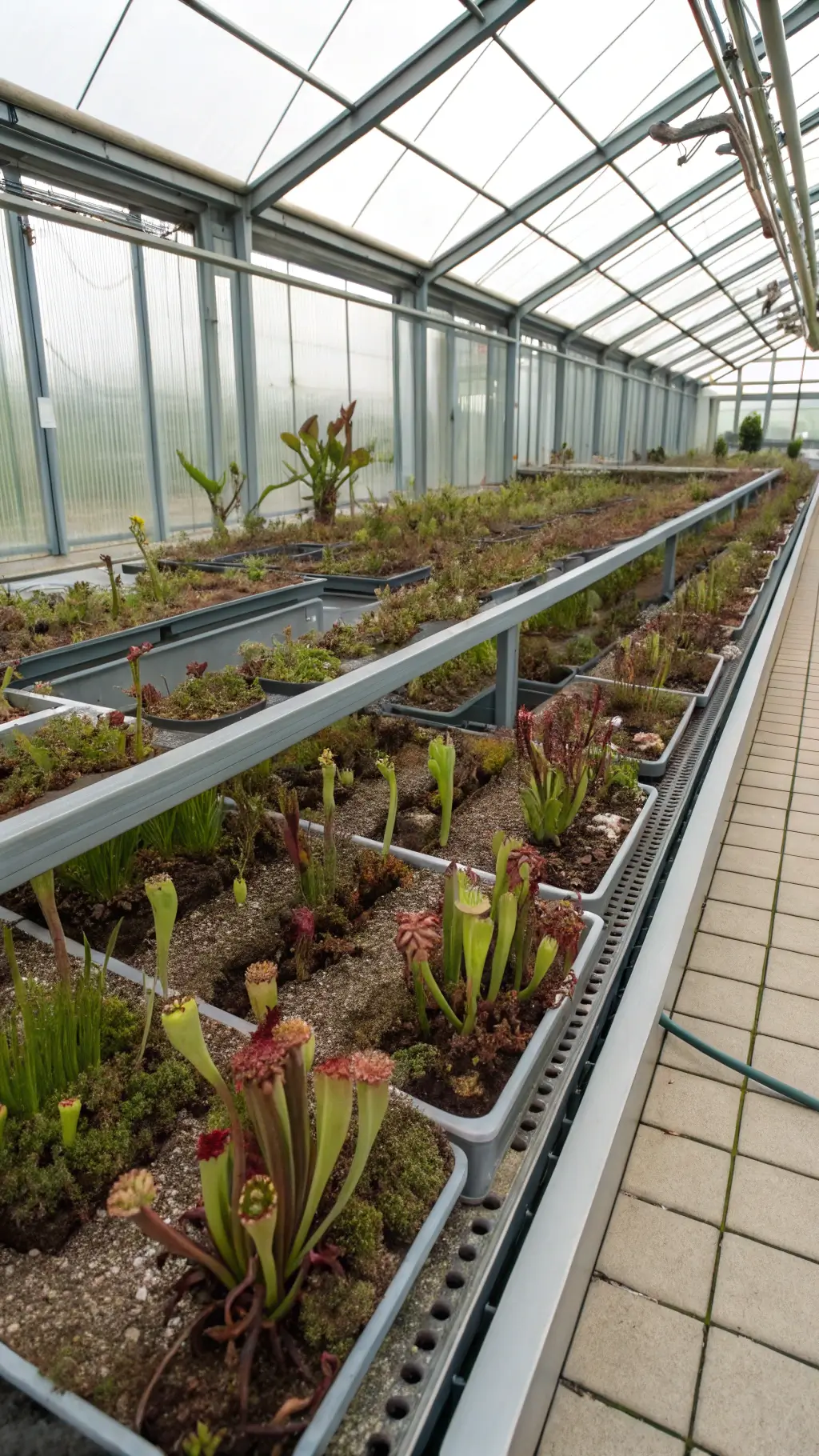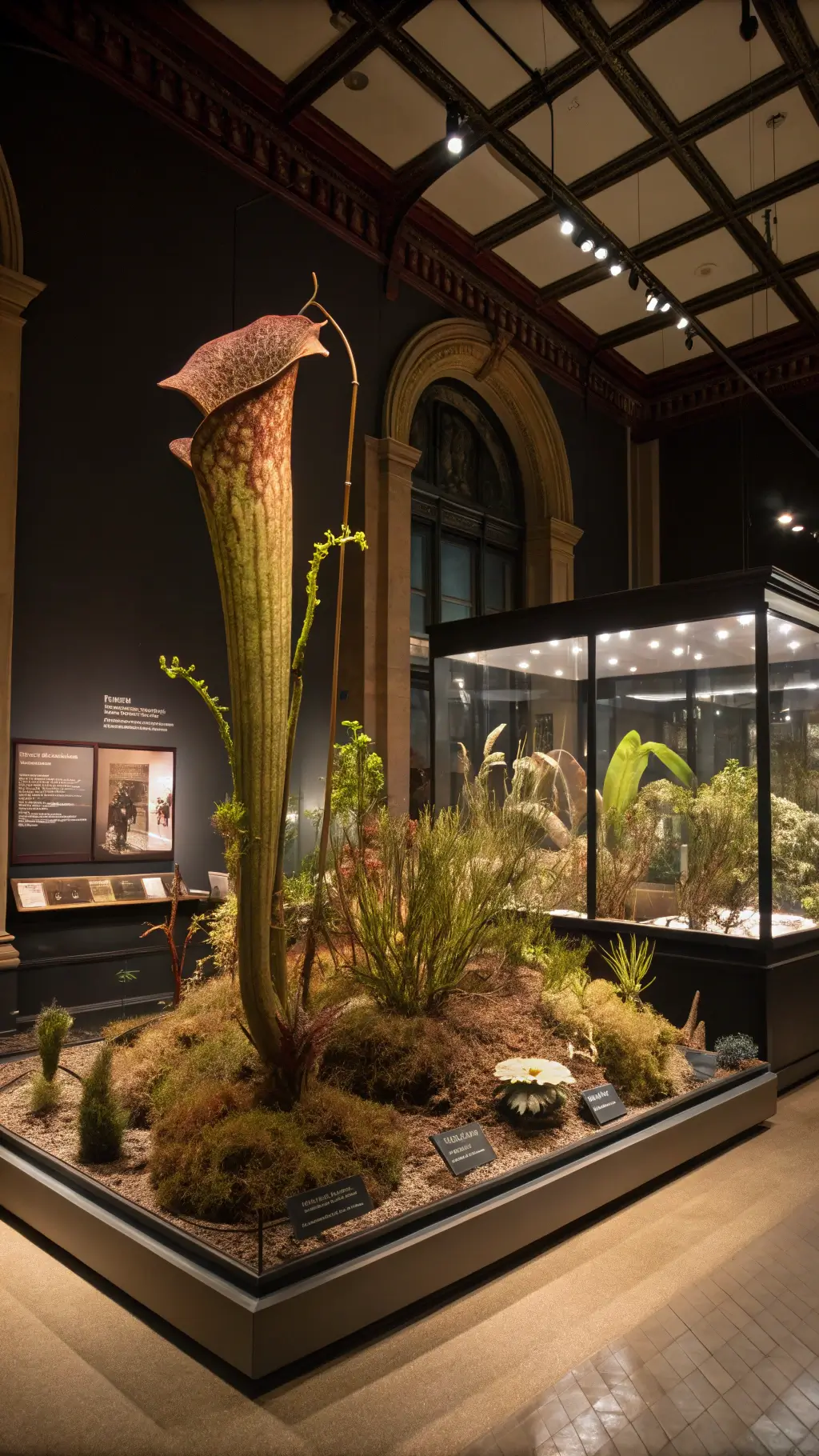Meet the Cobra Lily: A Plant Like No Other
Have you ever wondered what would happen if a plant could hunt its own dinner?
Let me introduce you to Darlingtonia californica – the most bizarre and mesmerizing carnivorous plant you’ll ever encounter.

What Makes the Cobra Lily So Special?
Imagine a plant that looks like a cobra ready to strike, complete with a forked “tongue” and a hooded head. That’s exactly what the Cobra Lily looks like!
Anatomy of a Living Predator
Physical Marvel
- Grows up to an impressive 3 feet tall
- Sporting alien-like pitcher-shaped leaves
- Color morphs from light green to reddish-brown
- Unique cobra-like appearance with translucent “windows”

Where Does This Strange Plant Live?
Habitat Highlights:
- Northern California‘s rocky landscapes
- Southwestern Oregon‘s misty regions
- Seeps, bogs, and cool stream margins
- Loves serpentine soil conditions

The Hunting Mechanism: Pure Botanical Genius
How does a plant catch its prey without moving? The Cobra Lily has developed mind-blowing strategies:
Insect Trapping Tactics
- Translucent false exits confuse insects
- Slippery interior walls prevent escape
- Secretes digestive enzymes to break down prey
- Physiologically manages water levels inside pitchers
Growing a Cobra Lily: Not for the Faint-Hearted
Pro Gardener Tips:
- Requires expert-level cultivation skills
- Needs consistently cool root temperatures
- Demands well-draining soil
- Partial to full sun exposure
- Mandatory winter dormancy period
Conservation: Protecting a Living Wonder
The Cobra Lily isn’t just another plant – it’s a rare botanical treasure:
- California Rare Plant Rank: 4.2
- Protected in specialized natural sites
- Limited geographical distribution

Why Should You Care?
This plant represents nature’s incredible capacity for adaptation. Each Cobra Lily is a living testament to evolutionary creativity, showing how life finds extraordinary ways to survive.
Final Thoughts
The Darlingtonia californica isn’t just a plant. It’s a living, breathing predator that challenges everything we think we know about botanical life.
Next time you’re in Northern California or Oregon, keep your eyes peeled. You might just spot this remarkable cobra-like hunter in its natural habitat!
Pro Tip:
Want to see these incredible plants? Visit the Darlingtonia State Natural Site in Oregon for a guaranteed spectacular encounter.
